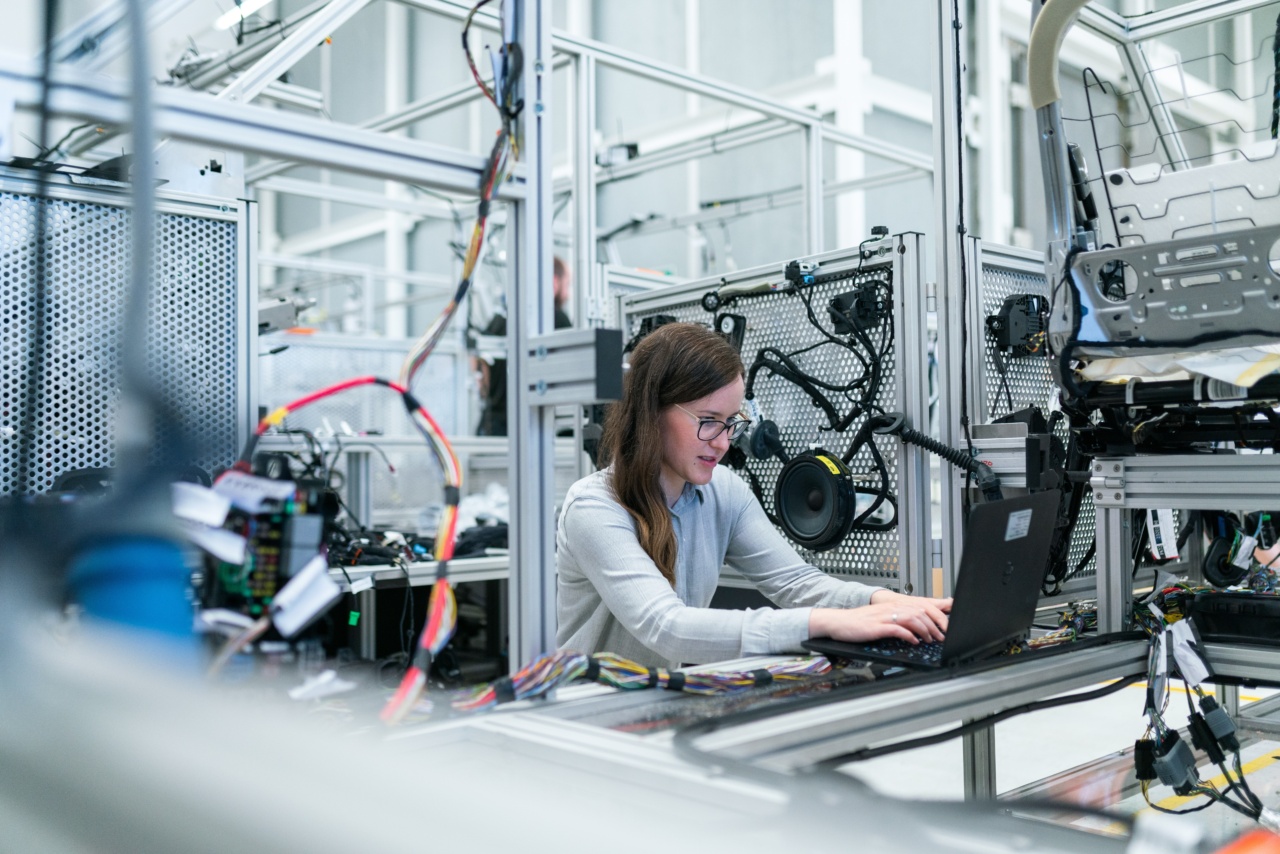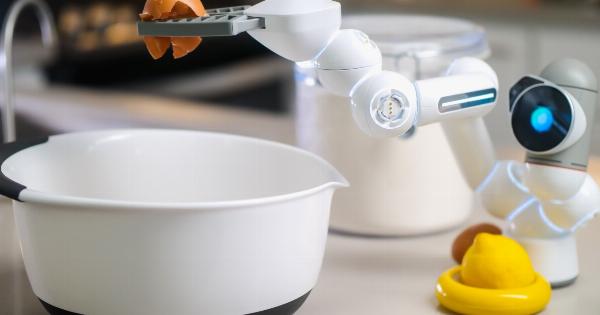Osteosynthesis refers to the surgical procedures used to stabilize and repair bone fractures. It involves the use of implants, such as plates, screws, rods, pins, or wires, to hold the fractured bone fragments together.
Over the years, significant advancements have been made in osteosynthesis techniques, leading to improved patient outcomes and faster recovery times. This article will discuss some of the latest advances in osteosynthesis techniques.
Intramedullary Nailing
One of the most commonly used techniques for long bone fracture fixation, such as femur or tibia fractures, is intramedullary nailing.
In this technique, a metal rod is inserted into the hollow part of the bone, called the medullary canal, through a small incision. The rod acts as an internal splint, providing stability and support to the fractured bone fragments.
Recent advances in intramedullary nailing techniques include the use of flexible nails and computer-assisted navigation systems, which allow for more precise implant placement and better alignment of the fractured bone.
Locking Plates and Screws
Traditionally, conventional plates and screws were used in osteosynthesis procedures to hold bone fragments together. However, in recent years, locking plates and screws have gained popularity.
Unlike conventional plates, locking plates have threaded screw holes that lock the screws into place, providing a more stable construct. This enhances the fixation strength and reduces the risk of implant failure. Locking plates and screws are particularly useful in osteoporotic bones or fractures that require high stability, such as periarticular fractures.
Biodegradable Implants
Biodegradable implants have emerged as an innovative solution in osteosynthesis. These implants are made from biocompatible materials, such as polymers or magnesium alloys, which gradually degrade over time and are eventually absorbed by the body.
Biodegradable implants eliminate the need for a second surgery to remove the implant, reducing the risk of complications and improving patient comfort. Additionally, they provide temporary support to the fractured bone and promote natural bone healing. Research is ongoing to further improve the mechanical properties and degradation rates of these implants.
Minimally Invasive Techniques
Advancements in surgical techniques have led to the development of minimally invasive approaches in osteosynthesis. Minimally invasive techniques involve smaller incisions, less tissue damage, and reduced blood loss compared to traditional open surgery.
These techniques utilize specialized instruments, such as telescopes and endoscopic cameras, to visualize and repair the fracture through tiny incisions. Minimally invasive osteosynthesis techniques offer several benefits, including faster recovery, decreased postoperative pain, and improved cosmetic outcomes.
External Fixation Devices
External fixation devices are another option in the field of osteosynthesis. These devices involve the use of pins or wires that are inserted into the fractured bone and secured to an external frame.
This external frame provides stability and holds the bone fragments in place while allowing for early mobilization and wound care. Recent advancements in external fixation devices include the development of hybrid fixators that combine the benefits of external and internal fixation.
These devices combine the stability of an external frame with the added support of intramedullary nails or locking plates.
Bioactive Materials and Bone Grafts
Bioactive materials, such as calcium phosphate ceramics, are being increasingly used in osteosynthesis procedures. These materials have the ability to bond directly to bone, promoting osteointegration and stimulating bone regeneration.
By incorporating bioactive materials into osteosynthesis implants, the healing process is enhanced, and the risk of implant-related complications is reduced. In certain cases, bone grafts may also be used to bridge gaps in the fracture or promote bone healing.
Advances in bone grafting techniques, such as the use of growth factors or stem cells, have improved graft integration and overall fracture healing outcomes.
Computer-Aided Planning and Navigation
Computer-aided planning and navigation systems are revolutionizing the field of osteosynthesis. These systems use preoperative imaging data, such as CT scans or X-rays, to create virtual surgical plans and aid in intraoperative guidance.
Surgeons can accurately determine the optimal implant size, location, and trajectory, resulting in improved implant placement and alignment. Computer-aided planning and navigation systems enhance surgical precision, reduce surgical time, and improve overall surgical outcomes.
Robotic-Assisted Surgery
Robotic-assisted surgery has gained significant attention in various surgical fields, including osteosynthesis. These systems utilize robotic arms controlled by the surgeon to perform precise surgical maneuvers.
Robotic-assisted surgery offers advantages such as increased dexterity, enhanced visualization, and improved accuracy. In osteosynthesis, robotic-assisted surgery can assist in complex or challenging cases, providing optimal implant placement and reducing the risk of errors.
Smart Implants and Sensors
The development of smart implants and sensors is an exciting advancement in the field of osteosynthesis. These implants are equipped with sensors that can monitor various parameters, such as implant strain, load transfer, or infection markers.
The real-time data collected by these sensors can provide valuable insights into the healing process, implant performance, and early detection of complications. Smart implants and sensors have the potential to revolutionize postoperative care, allowing for personalized treatment plans and timely interventions.
Conclusion
Advances in osteosynthesis techniques have significantly improved the treatment of bone fractures.
Intramedullary nailing, locking plates, biodegradable implants, minimally invasive techniques, external fixation devices, bioactive materials, computer-aided planning and navigation, robotic-assisted surgery, and smart implants are some of the latest advancements in the field. These innovations have led to better patient outcomes, reduced complications, and faster recovery times.
Ongoing research and technological advancements continue to push the boundaries of osteosynthesis, paving the way for further improvements in fracture management.

























